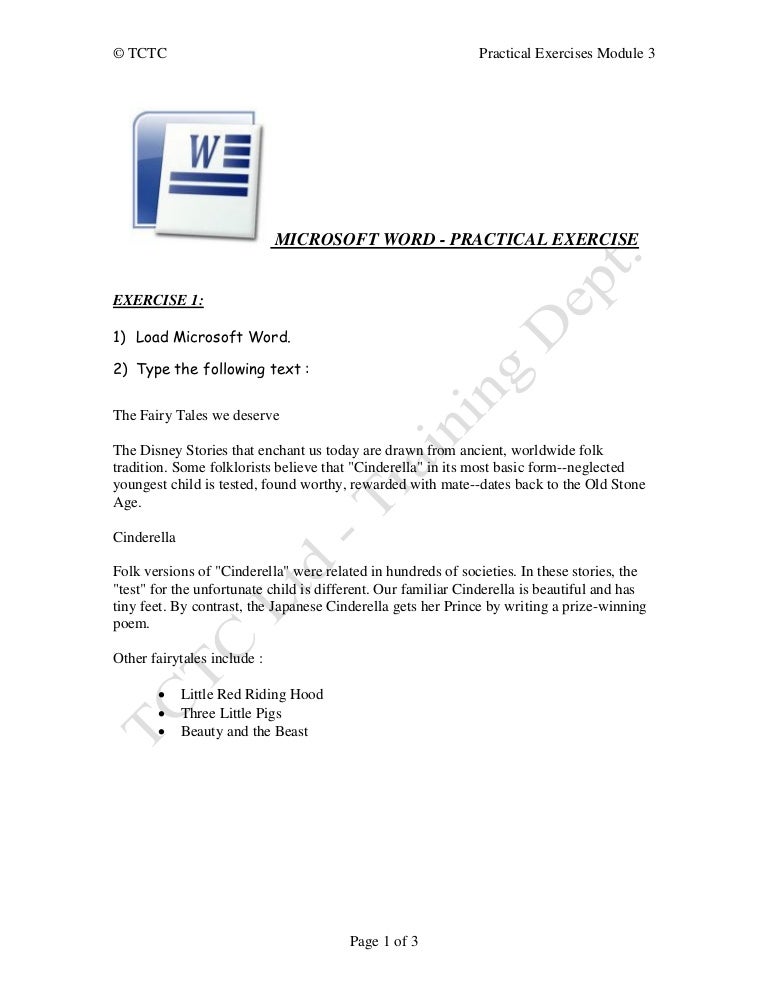

TRNSYS EXCEL LINK EXERCISE SOFTWARE
The third version of TRANSOL, which has been released in November 2009, remains a flexible, easy to use and intuitive software package for use by consultants, engineers, installers, architects or energy planners. Introduction TRANSOL, a tool for the design of solar thermal systems, continues to develop through the international collaboration between France (Centre Scientifique et Technique du Bâtiment) and Spain (AIGUASOL). This gives the possibility to launch parametric comparisons of up to 25 runs within a reasonable computation time.ġ.

The changes introduced in how the TRNSYS projects have been built and the modifications in some key components result in a decrease of computation time: up to four or five times compared to the previous version. Updated and new systems have been included to design systems for covering domestic hot water (DHW) and heating demand, both in detached houses, multi dwelling buildings or collective buildings, like hotels, sport centres, etc. New systems have been included to simulate the performance of solar thermal systems for covering heating demand of industrial processes, cooling of buildings or thermal demand in covered swimming pools. basic configurations for solar thermal systems, is now 34 which allow to simulate up to 163 different configurations. The result is a new version of the software package with improved performance and nine new schemes. Université Paris-Est, Centre Scientifique et Technique du Bâtiment (CSTB), France *Ībstract This paper seeks to highlight the recent developments in TRANSOL, including new systems, improvements in the TRNSYS simulation projects, new and updated components, extended and new databases, ease-of-use modifications to the graphical user interface and implementation of parametric runs. IREC – Institut de Recerca en Energia de Catalunya, Josep Pla 2, B2, Planta Baixa, E-08019, Barcelona, Spain 3 The model is robust in the sense that grid size and time step do not need to be adapted to the flow rate, as is the case in finite volume models.New features for solar thermal simulation in TRANSOL Angel Carrera1, Jaume Salom2*, Ignasi Gurruchaga1, Oscar Cámara1, Maria Casanova1, Werner Keilholz3 and Paul Sette3 1 2ĪIGUASOL, Roger de Llúria, 29, 3º 2ª, E-08009, Barcelona, Spain A working implementation of the presented model is made openly available within the IBPSA Modelica Library. However, the presented model simulates 1.7 (for low number of volumes) to 68 (for highly discretized pipes) times faster than a conventional model for a realistic test case.
Compared to measurement data from a real district heating network, the simulation results led to a larger error than in the controlled test set-up, but the general trend is still approximated closely and the model yields results similar to a pipe model from the Modelica Standard Library. Good correspondence between experimental data from a controlled test set-up and simulations using the presented model was found. This paper presents the mathematical derivation and software implementation in Modelica of a thermo-hydraulic model for thermal networks that meets the above requirements and compares it to both experimental data and a commonly used model. Due to more recent thermal networks incorporating meshing decentralised heat and cold sources, the system often has to deal with variable temperatures and mass flow rates, with flow reversal occurring more frequently.

Simulation and optimisation of district heating and cooling networks requires efficient and realistic models of the individual network elements in order to correctly represent heat losses or gains, temperature propagation and pressure drops.


 0 kommentar(er)
0 kommentar(er)
